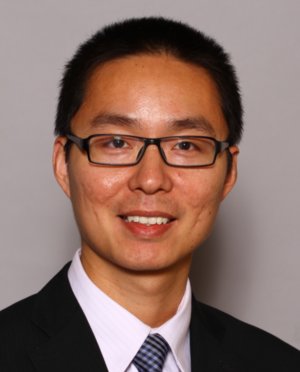Medical Physics Seminar – Monday, December 5, 2022
The essence of photon counting imaging and its benefits in image-guided interventions

Ke Li, PhD
Associate Professor, Medical Physics and Radiology, UW-Madison
"Science begins with counting. "
The science of medical imaging is no exception: in 1957, Allan Cormack undertook the effort to count half a million γ-ray photons using a Geiger counter for the first proof-of-concept of CT imaging; in the same year, Hal Anger published the seminal Anger camera method to enable spatially-resolved counting of γ-ray photons and pave the way to modern nuclear medicine imaging. Since then, nuke imaging has been riding on advances in photon counting detectors (PCDs); x-ray CT also took off and became one of the most important medical imaging tools—albeit it has resorted to energy integrating detectors (EIDs) until quite recently.
To count or to integrate? That is a profound question. To answer it scientifically, we will review the essence of photon counting imaging, which is not about the direct conversion of radiation into charges, nor about the radiation sensor material; instead, it is all about the electronic readout mode. After drawing a unified picture of PCDs, the talk will focus on a subtype—semiconductor-based PCDs—in which photon counting imaging finds synergy with the direct-conversion detection method. For future diagnostic CT and interventional x-ray imaging, recent research with semiconductor-based PCDs has converged to the same answer: To Count.